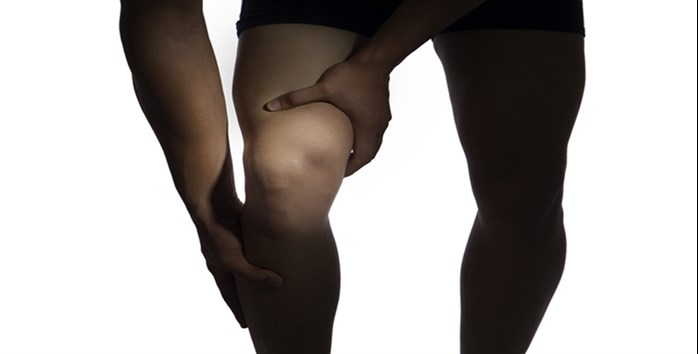
Before we start discussing about ACL injury, let’s try and understand what an ACL is and its importance in our daily lives.
What is the ACL?
Our knee is made of four ligaments: lateral collateral (LCL), the medial collateral (MCL), the posterior cruciate (PCL), and the anterior cruciate (ACL). The ACL is located exactly in the middle of the knee joint. It prevents the tibia i.e. the shin bone, from sliding out in front of the femur i.e. the thigh bone. The PCL together with the ACl works to prevent the shin bone from sliding backward and beneath the thigh bone.
All these four ligaments work in sync to offer flexibility and stability to our knee. When you stretch or force any of these ligaments way over their limit, we are at risk of straining or even tearing them causing muscle pain.
How ACL injury occurs
You encounter ACL tearing when you twist suddenly, hyperextend your leg or pivot from one side to another where all the body weight shifts on to your knee.
Women are more prone to suffer from ACL injury as their higher level of estrogen makes their joints loose. Another reason is that the muscle function and anatomy of the knee is different in women when compared with men.
4 symptoms of a torn ACl
- During injury you may feel a pop in your knee or hear a distinct popping sound, followed by which you end up crashing on the floor if you fail to find any support to hold on to.
- A quick onset of unbearable leg pain follows the pop. It can be a burning sensation or a shooting pain that makes your nerves from the knee to the hip go crazy. At this stage you would be unable to walk, stand or apply any kind of pressure on your knee
- You will see that your knee has swollen to almost double its initial size. The swelling happens as the blood and fluids flow into the injured area.
- Your knee will feel tight and you won’t be able to bend or straighten your knee. You would feel as if your knee is locked in one position. You cannot put absolutely any of your body weight on your knee.
Recovering from an ACL injury

- Apply ice to the swollen area and ensure that your knee is elevated to make sure that the blood flow to the affected area is minimized. If the pain goes on, apply a pain relief ointment like Moov, which can be really useful when it comes to reducing pain
- You must instantaneously go to a knee specialist or an orthopedic for a consultation or treatment.
What majority of people do is delay going to a specialist and get on with their daily lives as soon as the swelling comes down and pain vanishes. After taking some pain killers, applying ice and taking rest for some time the knee starts feeling better and people conclude that it is healed, but that is not what happens. This kind of pain management might afford you with temporary relief but it is harmful for the knee in the long run. Once the ACL is torn, it needs surgery if you ever wish to carry out any physical activity safely. A surgery is necessary because the ligaments are one such part of the body that is kept away from blood supply and because of which the healing process does not take place.
